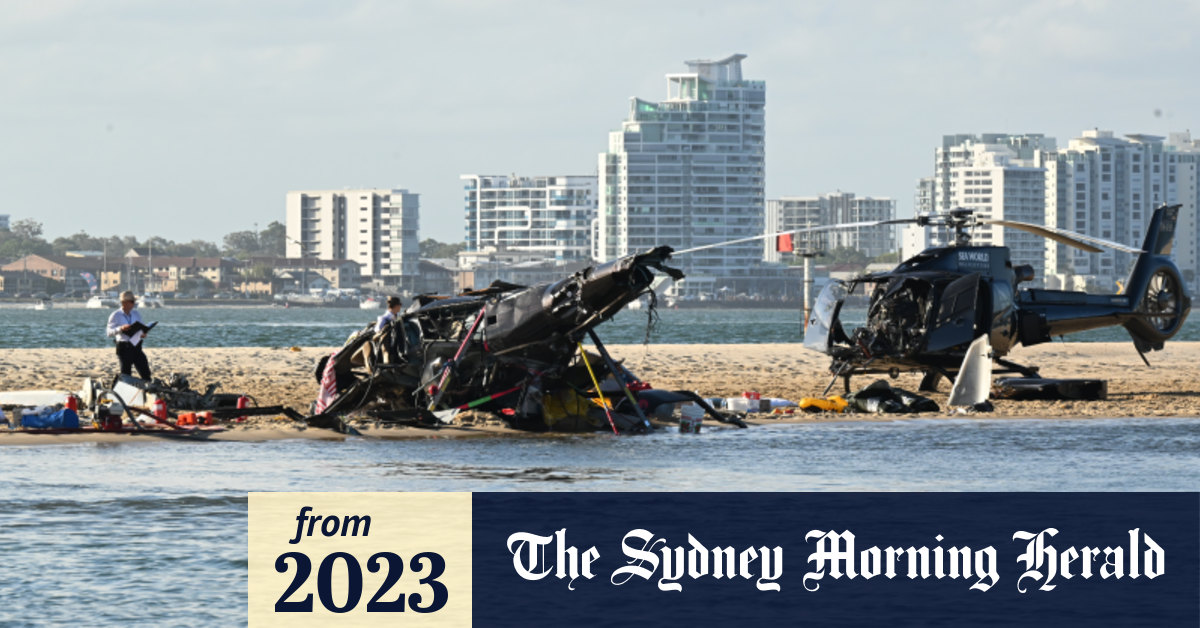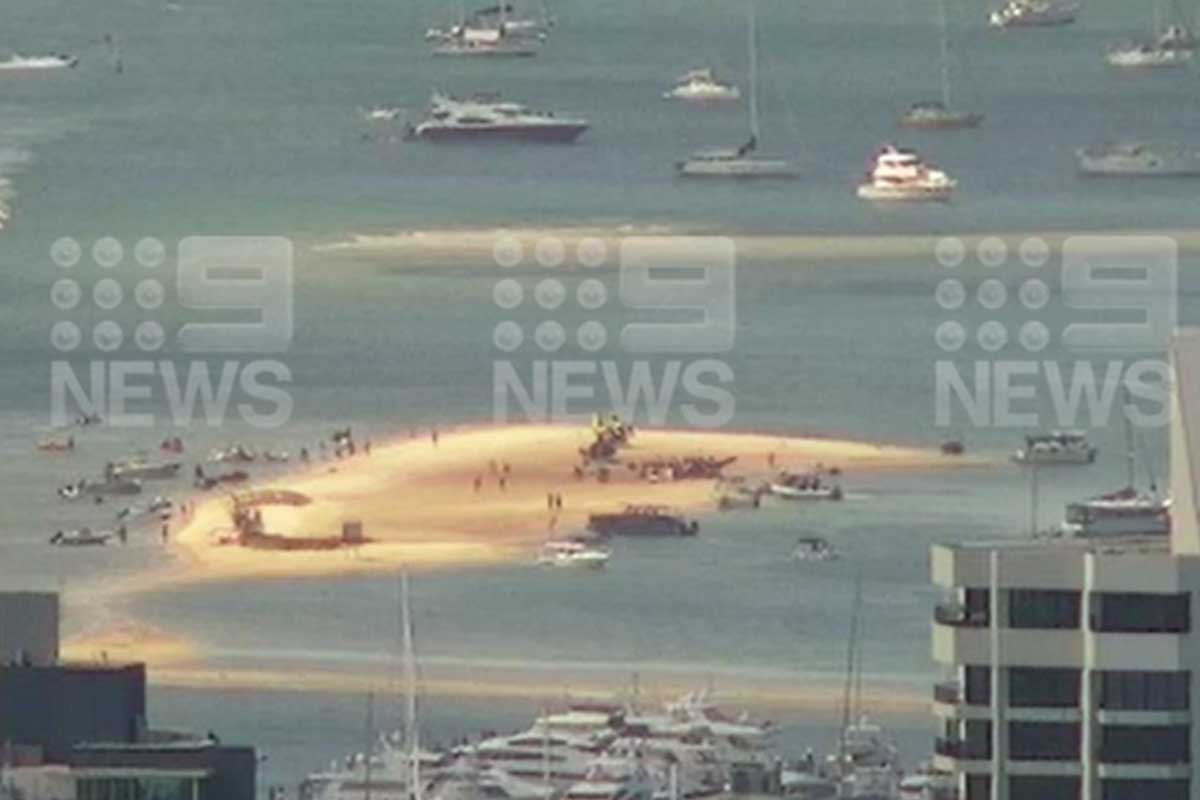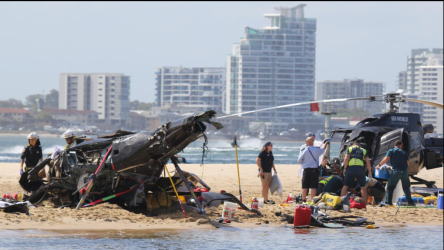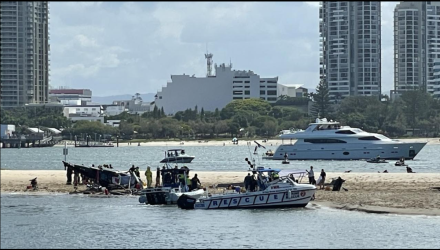fixated on forward vision
I wont comment directly but I know in my line of work it is very easy to become complacent/perfunctory.
For example blood transfusions require 2 people to check becore administration. After a while of zero incidents, 2 people checking becomes perfunctory - an action or activity carried without real effort or cognitive interest. They read the checklist but they are not checking. They look but they dont see....
Then there is the Get-there-itis. Its been a long boring day with repetitive uninteresting activities. Just a few more cases to do... nearly there... the focus becomes not the here and now but the knockoff time, going home. Because the going home is much more interesting. Cut corners to get there, and the corners have been cut before and nothing happened.
Multiple repetitive sensory inputs. Eventually these are not perceived. You listen but you don't hear it. You look and it's in your visual field, but you don't see it. To perceive anything, you need to listen, look and then process the inputs. As I said, we can simulate situations like this and it is never surprising that people look and listen, they see the ECG flatline but they dont see it. They are listening but they don't hear the alarms going off like a banshee.
Add in fatigue into the mix. Fatigue becomes more prominent with boredom, and repetitive tasks without a break such as driving a car from long distances without a break.
Also Hangry - the well known condition of hungry and angry.
Commercial imperative. Need to keep going because the company depends on it and after all there are many paid passengers waiting - in our case patients in the waiting list.
Put i all together and this is where Situational awareness comes into play - the ability to see the big picture. Situational awareness requires active cognitive processing and significant cognitive bandwidth. Not just looking out the window but processing all the inputs from whatever you are supposed to be looking/listening for. That is why our cardiac arrest teams always has someone who does nothing but process all the information coming in and the shots. The person doing the chest compressions will not have the cognitive bandwidth to maintain situational awareness.
Can 1 pilot do everything that is required - maintain situational awareness, while flying in uncontrolled airspace, multiple takeoffs and landings with the pressure of other passengers waiting to go up, maintaining visual separation with other aircraft, plus all other the requirements of operating an aircraft (I dont mean the actual flying)?? And maybe no toilet or coffee break?
Not saying any of this is applicable here. But thats just a general/lite view of why things go wrong when they are not supposed to.

 www.smh.com.au
www.smh.com.au

 www.3aw.com.au
www.3aw.com.au






